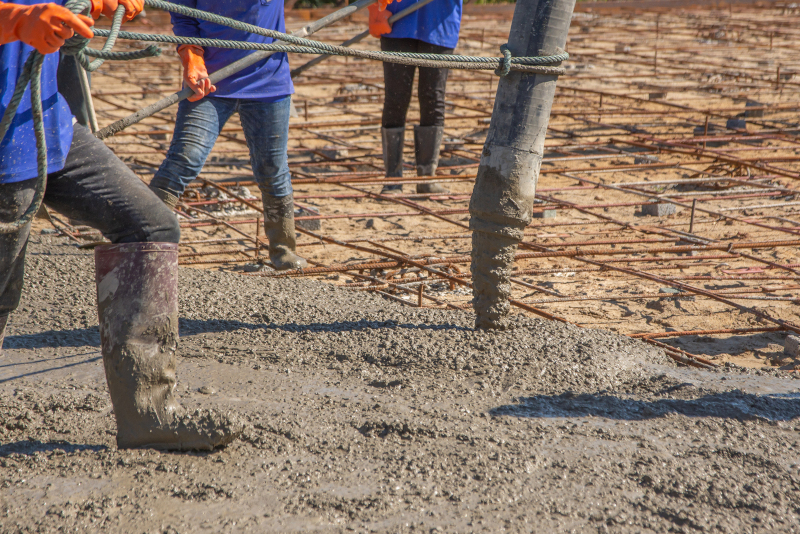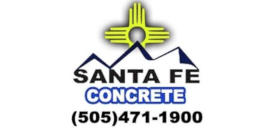Top Tips for Pouring Ready Mix Concrete Successfully in the COLD Santa Fe Winters – Part Two
- admin
- Feb-19-2020
- pouring ready mix concrete in cold weather
Pouring and Placing Tips
Special steps can be taken during the pouring and placing phases that can also assist your concrete to set and cure properly during cold weather.
- It is important to consider you will need to organize for your crews to be on site for longer periods of time. Concrete takes more time to set when confronted with cold temperatures, meaning the finishing crew will need to stick around this much longer.
- Using windbreaks helps protect the concrete as well as the workers from winds that may induce quick drops in the temperature and cause excessive evaporation. Typically, a windbreak six feet in height should suffice.
- You may need to heat your enclosure. Making them out of canvas tarps, wood, or polyethylene sheets will assist minorly with insulation, but you can always choose to employ commercial rigid-plastic enclosures. Electric heaters are the most efficient way to warm these enclosures. If you choose to utilize fuel-burning heaters, the best choice is indirect-fired heaters. These heaters funnel warm air into the enclosure from a burner unit located outside. There are also hydronic systems, which circulate a warm mixture of water and glycol through hoses or pipes.
The objective is to ensure that your concrete is both poured and placed at a minimum temperature of 40 degrees Fahrenheit and is able to maintain that temperature for as long as is required for the type of concrete and what its future use will be. For high-early strength concrete that isn’t going to experience future freeze-thaw cycles, a simple 24 hour period over 40 degrees Fahrenheit works. However, if the concrete is intended to be a foundation or other kind of structure that will endure high loads at an early age, it will need 20 days or more of minimum temperatures of 50 degrees Fahrenheit. The upside to this, is that cement curing produces some heat on its own as a result of the exothermic reaction. It is typically sufficient to cover the concrete with insulating blankets or polyethylene sheeting to trap existing heat.
It is never okay to allow concrete to freeze within the first 24 hours of pouring and placing.
